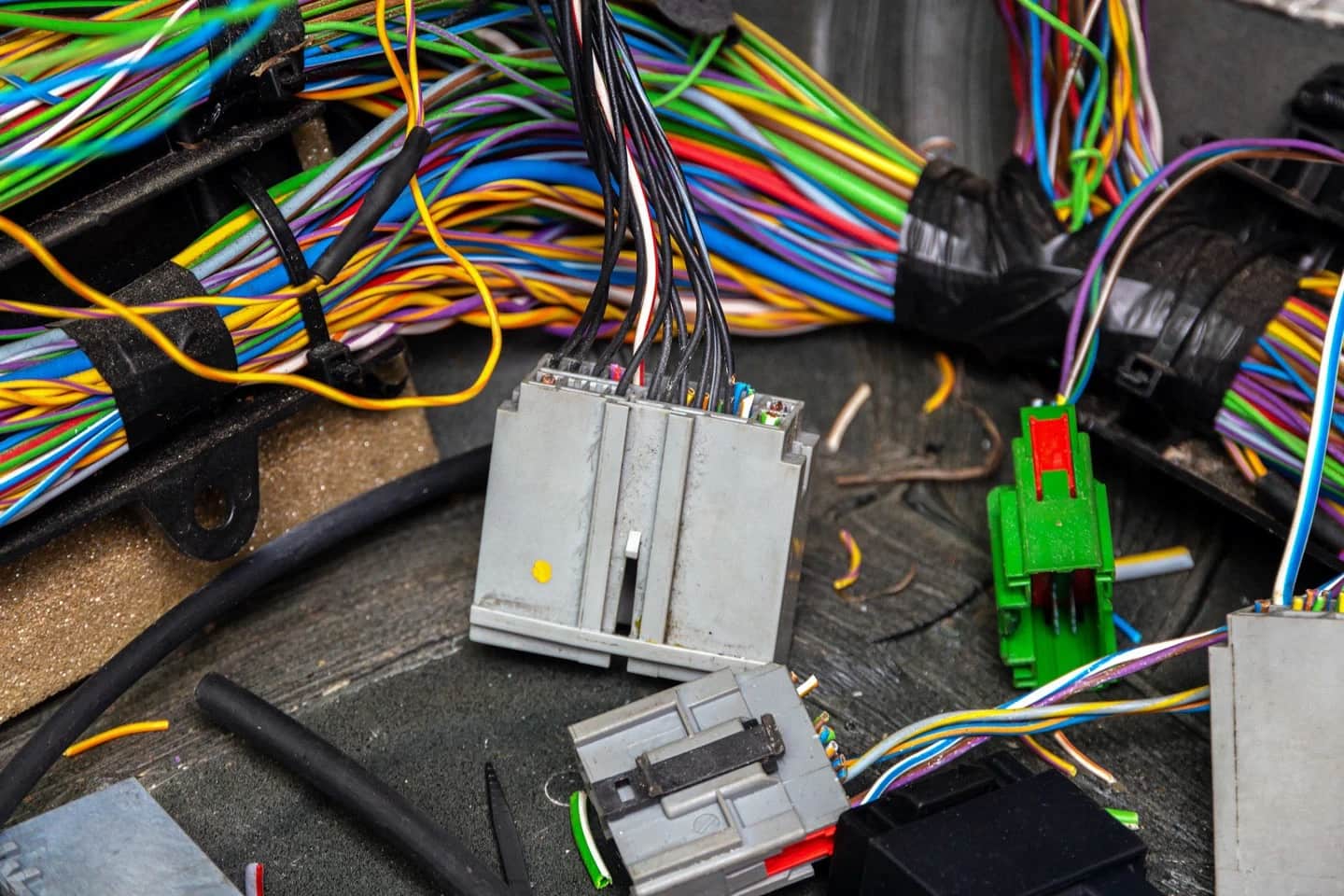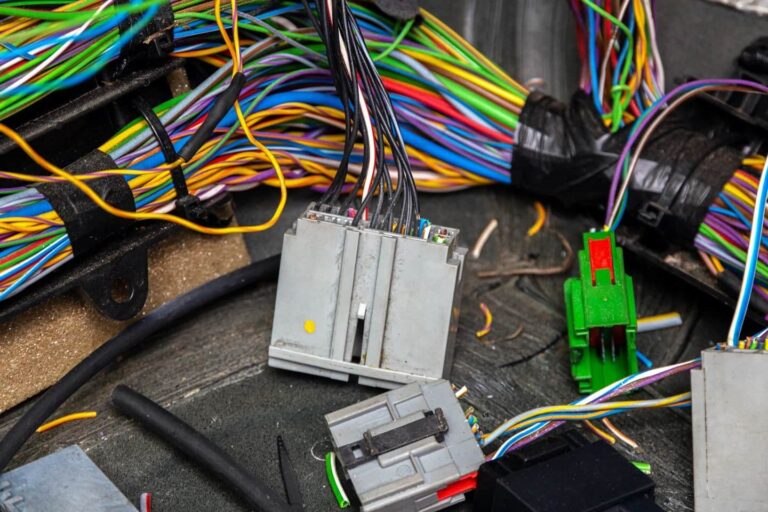When it comes to keeping your vehicle running smoothly, most drivers think about oil changes and tire rotations. But there’s one essential fluid that often gets ignored – transmission fluid. This unsung hero plays a crucial role in ensuring your car shifts gears properly, runs efficiently, and lasts longer. So, what happens when the transmission fluid is low? Let’s break it down.
Why Transmission Fluid Is So Important
Your car’s transmission fluid isn’t just some colored liquid – it’s the lifeblood of your transmission system. It lubricates moving parts, cools the system, and maintains hydraulic pressure. Without it, your transmission can’t function correctly. Think of it like trying to run a marathon without water – it won’t end well.
How Transmission Fluid Works
Transmission fluid acts as a hydraulic medium. It helps your transmission apply enough pressure to change gears smoothly. It also reduces friction, preventing metal parts from grinding against each other. When the level drops, the entire balance of pressure and lubrication gets thrown off, leading to a series of problems.
Top Signs of Low Transmission Fluid
Recognizing the signs early can save you from costly repairs. Let’s explore the most common symptoms.
1. Gear Slippage
One of the clearest indicators of low transmission fluid is gear slippage. This happens when your vehicle struggles to stay in gear or unexpectedly shifts while driving. The reason? Low fluid reduces hydraulic pressure, making it difficult for the gears to engage properly.
You might notice your engine revving high (high RPMs) without accelerating quickly – almost as if your car’s “thinking” about shifting but never quite does it. If this sounds familiar, it’s time to check your transmission fluid levels immediately.
2. Delayed or Rough Shifting
Ever tried to change gears only to feel a jolt or delay? Low transmission fluid can cause rough or delayed gear changes. The lack of lubrication makes it harder for gears to move smoothly, leading to clunky transitions that feel anything but normal.
3. Overheated Transmission
An overheated transmission is another dangerous consequence of running low on fluid. Transmission fluid not only lubricates but also cools the system. Without enough of it, friction increases, leading to excess heat.
You might notice a burning smell or hear strange noises from the transmission area. Ignoring these signs could result in severe internal damage and even complete transmission failure.
4. Fluid Leaks
If you see reddish or brownish spots under your car, don’t ignore them. Low transmission fluid often leads to leaks, which can worsen if left unattended. Leaking seals, loose gaskets, or damaged lines are common culprits.
A professional mechanic can easily identify whether it’s transmission fluid or another liquid, like engine oil or coolant. If it’s transmission fluid, topping it off won’t be enough – you’ll need to fix the leak to prevent the issue from recurring.
5. Warning Lights on Dashboard
Modern vehicles are smart enough to tell you when something’s wrong. A transmission warning light or “check engine” light could indicate that fluid levels are low or that there’s a more serious transmission issue. Don’t ignore these alerts – they’re your car’s cry for help.
How to Check Transmission Fluid
Checking transmission fluid is easier than you might think. Here’s a quick guide:
- Park your car on a level surface and let the engine run.
- Pull out the transmission dipstick (usually marked and located near the engine bay).
- Wipe it clean, reinsert it fully, then pull it out again.
- Check the level and color – healthy fluid is pink or red and slightly sweet-smelling.
- If it’s brown or smells burnt, it’s time for a change.
Causes of Low Transmission Fluid
Wondering how your fluid got low in the first place? Here are the most common causes:
- Leaks: The most frequent reason. Seals, gaskets, or cooler lines may be damaged.
- Overheating: Heat breaks down fluid faster, leading to a lower level over time.
- Worn components: As parts age, they may leak or consume more fluid.
- Neglect: Simply forgetting to check or change your fluid regularly.
What Happens If You Keep Driving With Low Transmission Fluid
If you continue driving with low transmission fluid, the consequences can be severe. You might experience:
- Total transmission failure
- Damaged gears or clutches
- Burned components due to overheating
- Increased repair costs – often in the thousands
In short, it’s not worth the risk. The longer you wait, the higher the price you’ll pay – literally.
How Mechanics Fix Low Transmission Fluid Issues
When you take your car to a repair shop, the mechanic will usually:
- Inspect the transmission for leaks.
- Replace or repair faulty seals.
- Drain and refill the transmission with new fluid.
- Test the vehicle for smooth shifting and proper operation.
It’s typically a quick and affordable fix if caught early – often done in under an hour.
DIY or Professional Service?
You can top off your transmission fluid yourself if you’re confident, but a professional service is safer. Mechanics can spot hidden issues like leaks or contamination that you might miss. It’s better to spend a little now than a lot later.
When to Replace Transmission Fluid
For most vehicles, transmission fluid should be replaced every 30,000 to 60,000 miles, depending on your driving conditions and manufacturer’s recommendations. If you frequently drive in heavy traffic, tow heavy loads, or live in a hot climate, consider changing it more often.
Preventing Transmission Problems
- Check your fluid levels regularly.
- Get routine maintenance from a certified technician.
- Watch for early warning signs like leaks or unusual noises.
- Don’t delay repairs – small problems can become big ones fast.
Conclusion
Low transmission fluid might seem minor, but it can wreak havoc on your car’s performance and lifespan. From gear slippage to overheating, the signs are clear – and ignoring them can lead to costly repairs or even complete transmission failure.
If you suspect low transmission fluid, visit your local mechanic or contact a professional right away at +1(888) 370-9806 for expert transmission replacement and maintenance solutions. Taking action early can keep your car running smoothly for years to come.
FAQs
At least once a month or before long trips. Regular checks help you catch small issues early.
A clean, pinkish-red color. If it’s dark brown or smells burnt, it’s time to replace it.
You can, but it’s risky. Even short drives can cause severe damage if levels are too low.
Overheating, friction, or old fluid breaking down over time can lead to a burnt smell and reduced performance.
Typically, refilling fluid costs between $80 and $250. However, repairs for leaks or damage can cost significantly more.











